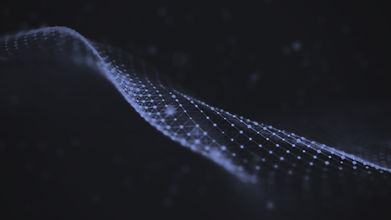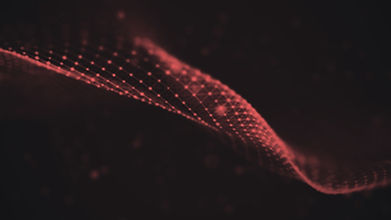Why We Like Proteins?
More than 95% of known drug targets are proteins, involved in roughly 93% of drug-target interactions.
But, traditional methods of determining protein structures like the examples given below are extremely expensive and time consuming.

Single Crystal X ray Diffraction
Approximately
130,000 protein structures determined thus far
Limitations
-
Not all proteins can be crystallised; crystallisation is a major bottleneck.
-
Determining protein structure needs around 100 mg of pure protein and a year of work by a small team.
-
Lab work is time-consuming.
-
A protein crystal can yield multiple states of a protein.
-
Researchers often rely on Argonne National Lab for the Advanced Photon Source.
Limitations
-
$5M initial capital and $500,000 annual operating costs may be required.
-
Structure determination of biological macromolecules is limited to large complexes or low-resolution models.

Cryo Electron Microscopy
Approximately 8000 protein structures determined thus far

'Nuclear Magnetic Resonance'
Approximately'
14,00 protein structures determined thus far
Limitations
-
It is an expensive technique because the protein has to be enriched with radionuclides by feeding 15-N labeled Ammonium Chloride and 13-C labeled Glucose to bacteria.
-
Variable labeling efficiency.
-
Complex NMR spectra for high-molecular-weight biomolecules are challenging to interpret.
